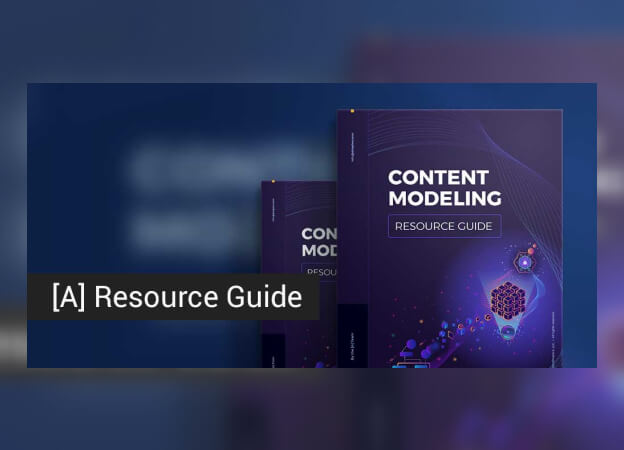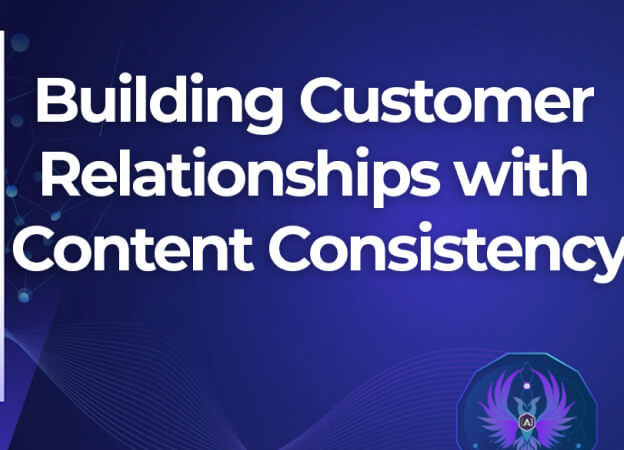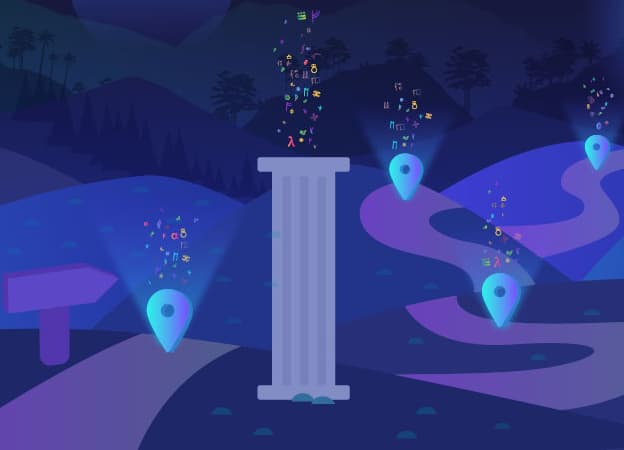Within the digital landscape, providing an integrated omnichannel experience has become essential for building brand loyalty and driving revenue. To achieve this, new approaches to content are emerging that incorporate many internal teams, unified content operations, and customer touch-points.
In this article, we'll explore the five essential patterns for success with omnichannel content. These patterns will help you create personalized and engaging experiences for customers across different channels and platforms.
Why is Omnichannel important?
Omnichannel strategies and content delivery have become increasingly important in today's business landscape as customers now expect seamless and consistent experiences across all touchpoints. A recent study shows that 90% of customers expect a comprehensive omnichannel experience across different media and platforms. And according to McKinsey, “B2B buyers aren’t just moving to omnichannel. They’ve arrived. Given the choice of in-person, remote, and e-commerce channels, purchasers have shown they want them all.” Companies must prioritize the development of effective omnichannel strategies if they wish to remain successful; otherwise, they risk being left behind
Overall, developing effective omnichannel strategies, incorporating essential patterns such as semantics, and adopting technologies like CaaS and MACH can significantly impact profit, efficiency, and customer satisfaction, making them crucial concepts for businesses across various industries.
5 Essential Patterns for Success with Omnichannel Content:
- Semantic Standards: Tagging content with metadata to organize it into smaller, manageable pieces and describe its meaning and purpose is essential for personalized content delivery. Semantics also improves discoverability, consistency, and analysis.
- Structural Standards: Organizing content into a hierarchical structure with a consistent taxonomy helps customers navigate content more easily. Structural standards also enable the reuse and syndication of content across multiple channels.
- Content Supply Chain Thinking: Content supply chain thinking involves managing the content production process as a chain of interconnected activities with a focus on optimizing each step for maximum efficiency and effectiveness.
- Content-as-a-Service (CaaS) for Omnichannel Delivery: CaaS is a content management approach that delivers modular content via APIs, allowing for flexibility and agility in delivering content and user experiences across multiple channels.
- Unifying the Content Stack: Unifying the content stack involves connecting and configuring systems for omnichannel delivery.
Implementing Effective Omnichannel Strategy
The 5 patterns are key to creating an effective omnichannel program, but the other side of a successful program includes effective strategy. Here are 5 strategy tips to keep in mind while implementing a program.
- Understand Your Customers: Gathering data about your customers' preferences and behavior is essential for delivering personalized and relevant content across multiple channels. This includes data on their browsing and purchase history, social media activity, and feedback.
- Use Automation: Using automation tools such as chatbots and email marketing automation can help streamline the customer experience and deliver personalized content at scale.
- Collaborate Across Teams: Collaborating across teams, including marketing, content, and IT, is essential for developing a unified omnichannel strategy. This involves aligning goals, processes, and technologies to ensure a seamless customer experience.
- Monitor and Optimize: Regularly monitoring and optimizing your omnichannel strategy based on customer feedback and data analysis is essential for continuous improvement and success.
- Use Customer Journey Mapping: Customer journey mapping involves creating a visual representation of the customer journey across multiple touchpoints and channels. This can help identify pain points and areas for improvement in the customer experience.
Business Success with Omnichannel Approach
Unlock the power of omnichannel content by embracing the key patterns of Omnichannel. By integrating these vital elements and fostering cross-team collaborations, your business can captivate customers with tailor-made, engaging experiences across diverse platforms and channels. Elevate customer satisfaction and loyalty while boosting your revenue by mastering the art of omnichannel strategy.
Download our free guide on "The 5 Key Patterns of Omnichannel" for a deeper look at these patterns and how to improve your content delivery and drive business value.




